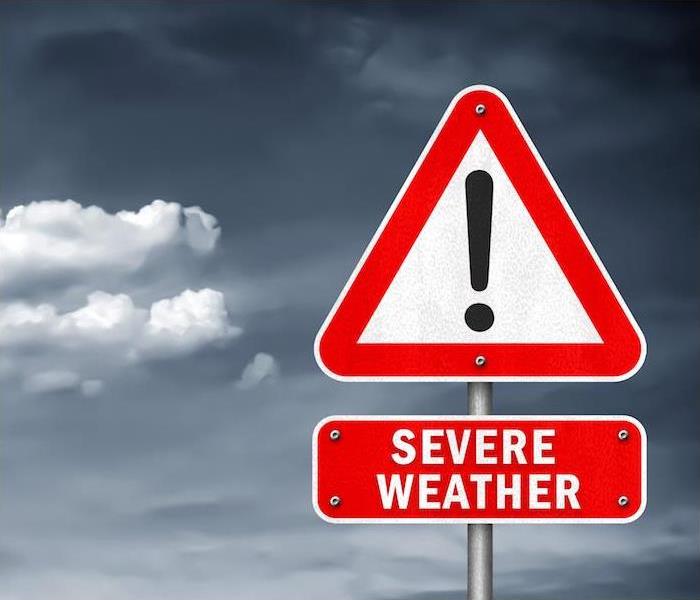Tips to Maintaining Your Safety When Severe Weather Is in the Forecast | SERVPRO® of East San Antonio
12/14/2020 (Permalink)
 If your home has been impacted by storm damage, SERVPRO of East San Antonio will respond quickly to assist in any repairs.
If your home has been impacted by storm damage, SERVPRO of East San Antonio will respond quickly to assist in any repairs.
If thunderstorms are a possibility in the weather forecast, knowing that you have taken measures toward your safety is a great tool to prevent worry. Because of how often storms occur, it is common to not respect their severity—but unfortunately, every thunderstorm has the potential to cause damage.
Being aware of the meaning behind common weather alerts, making sure you have an emergency kit and designated shelter spot and ensuring you are equipped with multiple methods to receive emergency broadcasts is a great way to start your storm preparedness journey.
The Meaning Behind Common Weather Alerts
Being aware of the meaning behind common weather alerts can help you know exactly how to respond and react when certain things are issued. For example, a thunderstorm watch means that one is possible due to the current weather conditions, but has not started yet. The proper reaction is to stay tuned to weather alerts and be aware. For a thunderstorm warning, however, a thunderstorm has been spotted or is indicated on the radar, so you should seek shelter right away.
Have an Emergency Kit in Your Home
If a thunderstorm warning is issued, you should generally stay put and hunker down until the severe weather passes. For this reason, you should make sure your home is equipped with an adequate emergency kit. Include enough food and water for everyone in your family for a few days, and make sure you have flashlights and backup batteries. It is also wise to have a designated spot to hunker down during the severe part of the storm. A hallway or closet is a common choice, but anywhere away from windows and on a ground floor will do.
Have Multiple Methods of Receiving Emergency Broadcasts
We all depend on our smartphones to stay connected in normal circumstances, but in the event of a storm, cell phones are not always reliable. Storms can knock out cell reception and prolonged power outages can lead to dead batteries, so having a secondary method of receiving alerts is always recommended. Getting a source that is not dependent on electricity, such as a weather radio, will make sure you can stay connected no matter what.
If your home has been impacted by storm damage, we are here for you. You can contact us 24⁄7 to get a quick response to your home’s damages.


 24/7 Emergency Service
24/7 Emergency Service